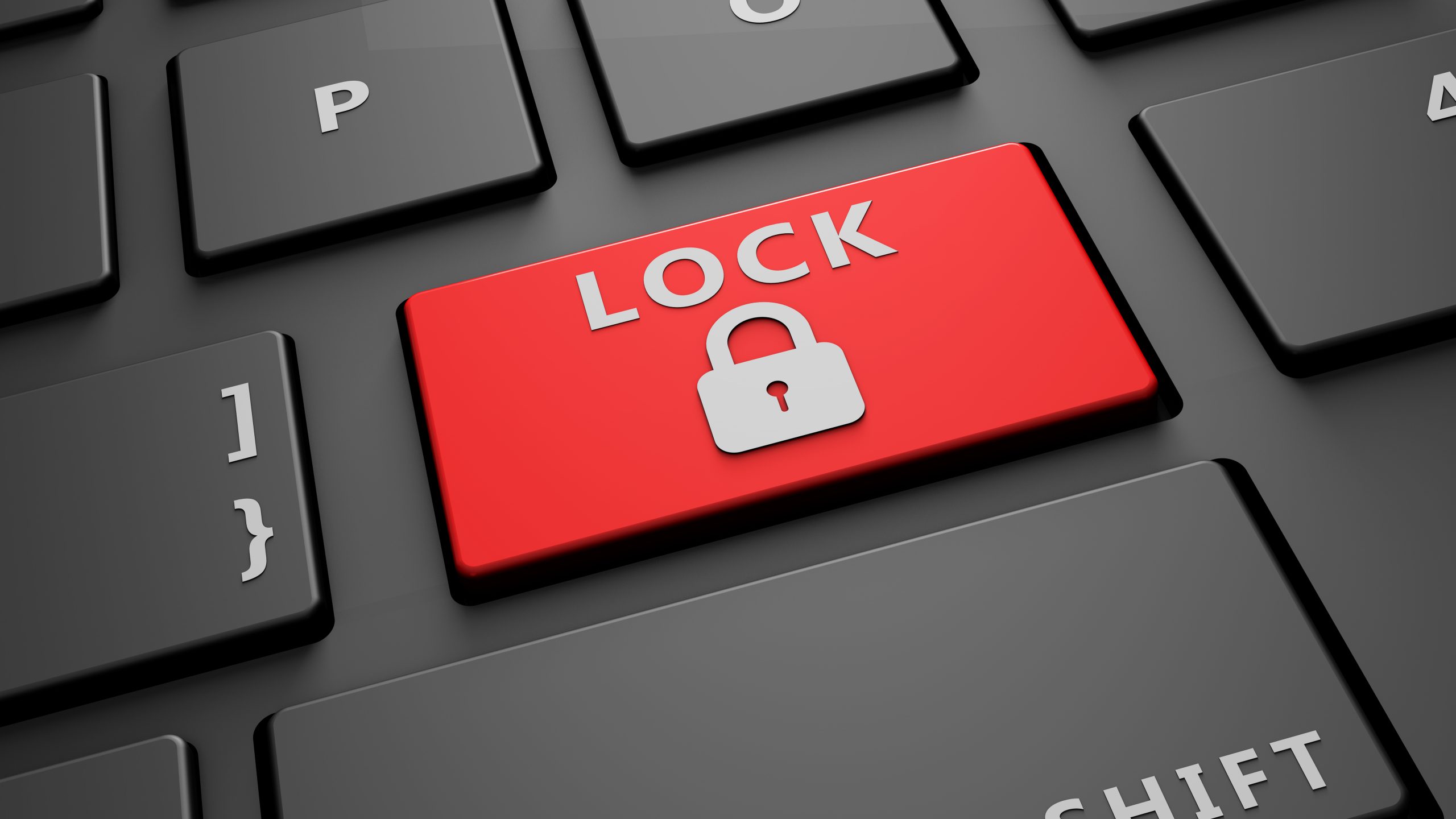Is your computer starting up too slowly? Are you unable to log in with your standard user account on Windows? And even when you log in using an administrator account, you find this error message:
“Failed to connect to a Windows service. Windows could not connect to the System Event Notification Service service.”
Don’t worry; it’s probably not a hardware issue. Don’t buy a new PC.
The problem can be solved by either one or more of these solutions:
- check your computer’s setting for the System Event Notification Service
- reset the Winsock Catalog
- update video card drivers
- uninstall the Widows KB2952664 update
- optimize Windows for faster performance
These solutions can apply on Windows 7, 8 and 10. So, here’s how to fix ‘Windows could not connect to the System Event Notification Service on Windows 10, 8 and 7.’
1. Check Your Computer’s Setting for the System Event Notification Service
The error message you got may be caused by incorrect settings of the System Event Notification Service.
To correct the settings, follow these steps:
- On your keyboard, press both the Windows logo and R keys.
- Once the Run box pops up, type: services.msc. Press Enter.
- Right-click System Event Notification Service. Select Restart or Start (if Restart is inactive).
- Again, right-click System Event Notification Service. Select Properties.
- On the Properties window, change the Startup type to Automatic.
- Click Apply, and then OK.
Once you restart your computer, the error message should be gone.
2. Reset the Winsock Catalog
If the first solution didn’t work, you could also try resetting the Winsock Catalog. This will deal with the problem of interference of your Winsock Catalog settings.
Here’s how to reset it:
- On your keyboard, press both the Windows and R keys. The run box will pop up.
- Type cmd. Now, press these three keys together: Shift, Ctrl, and Enter.
- This opens an elevated Command Prompt.
- Type netsh winsock reset. Finally, press Enter.
Now, restart your computer. Most likely, the error message won’t appear anymore.
3. Update Video Card Drivers
If the error message still appears on startup, your video card driver may be outdated, corrupted or incompatible. Updating the driver will fix your problem.
A convenient and safe method to update the driver is using Auslogics Driver Updater. Using this software, you’ll update all your PC drivers in one click, which ensures smooth hardware operation and prevents device conflicts.
More importantly, Auslogics Driver Updater only downloads and installs official driver versions specifically suited to your device. Hence, you get compatible drivers and avoid corrupt ones.
It takes away the headache of figuring out which driver suits your computer and even what type of hardware you have. The software automatically detects your particular device and finds the most up-to-date driver compatible with it.
The free version lets you scan your PC for missing or outdated drivers, and the pro version lets you download and install all drivers with one click. And it backs up your system while doing so.
Here’s how to use Auslogics Driver Updater:
- Download the software from the Auslogics Driver Updater page, and then install it.
- When you run the program, it starts scanning your system for missing or outdated drivers.
- You’ll get a list of all drivers to update. Click Update All to update them at once (this will open a payment page, where you can purchase the pro version and update your drivers with one click).
After restarting your computer, the error message should be gone.
4. Uninstall the Windows KB2952664 update
In case the previous solutions didn’t work, you can try one last option.
Windows KB2952664 Update may be causing the error message. So, you have to uninstall it.
Here’s how to do it:
- On your keyboard, press both the Windows logo and R keys.
- The Run box opens up.
- Type control. Press Enter.
- Under Programs, select Uninstall a program.
- Click to view installed updates.
- Find KB2952664. Right-click on it and select Uninstall.
Restart your computer to apply those changes. When it starts up, the error message should be gone.
However, the delay in the startup needs fixing too.
5. Optimize Windows 7 for Faster Performance
The slow start of your PC could be a performance issue. This can be sorted out using Windows’ Performance Troubleshooter to find and fix the problem automatically.
The troubleshooter checks such issues as how many users are logged in and whether you have multiple programs running simultaneously. These are issues which can slow down your computer.
Follow these steps:
- Click Windows’ Start button.
- Search in the Start menu, and click on Control Panel.
- Type troubleshooter in the search box.
- Select Troubleshooting.
- Go to System and Security and click on Check for Performance Issues.
Once the troubleshooter is done, your computer should be back to its normal speed.
Combine this with limiting how many programs run at startup. Go to any application that runs at startup and change the settings.
Defragmenting your hard disk also helps. Disk defragmenting ensures maximum efficiency of your hard drive, so it doesn’t waste time locating related data spread out in different parts. To find the disk defragmenting tool in Windows, search for disk defrag in the Windows Start page.
Finally, adding more RAM capacity will help, as well as restarting your PC.
Which of these fixes have you tried and which one worked for you? Share in the comments below.



